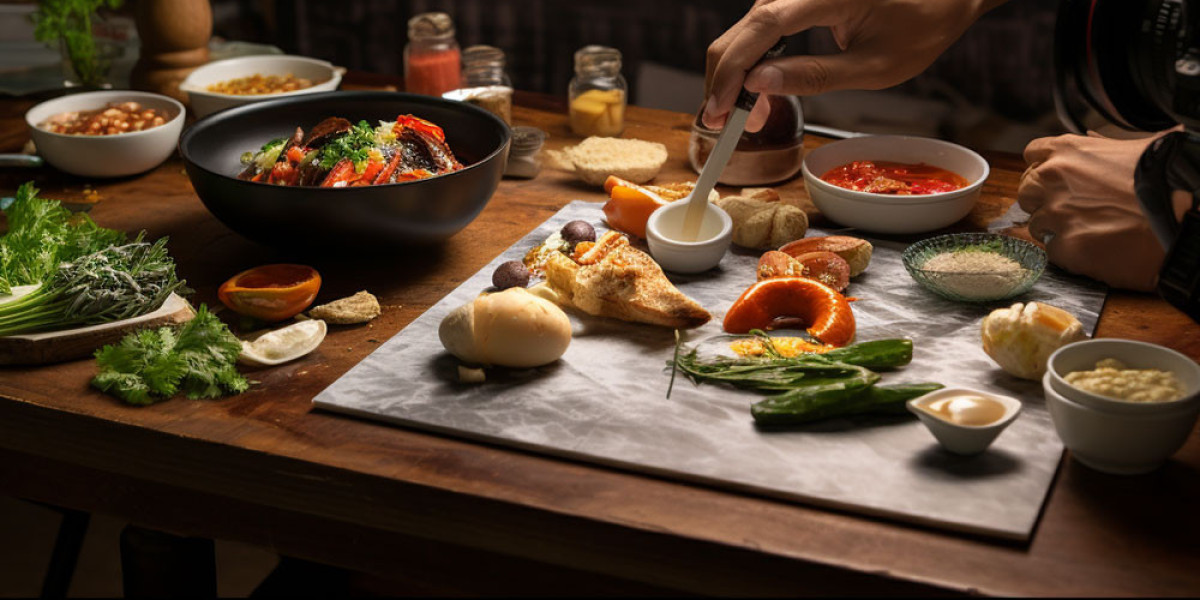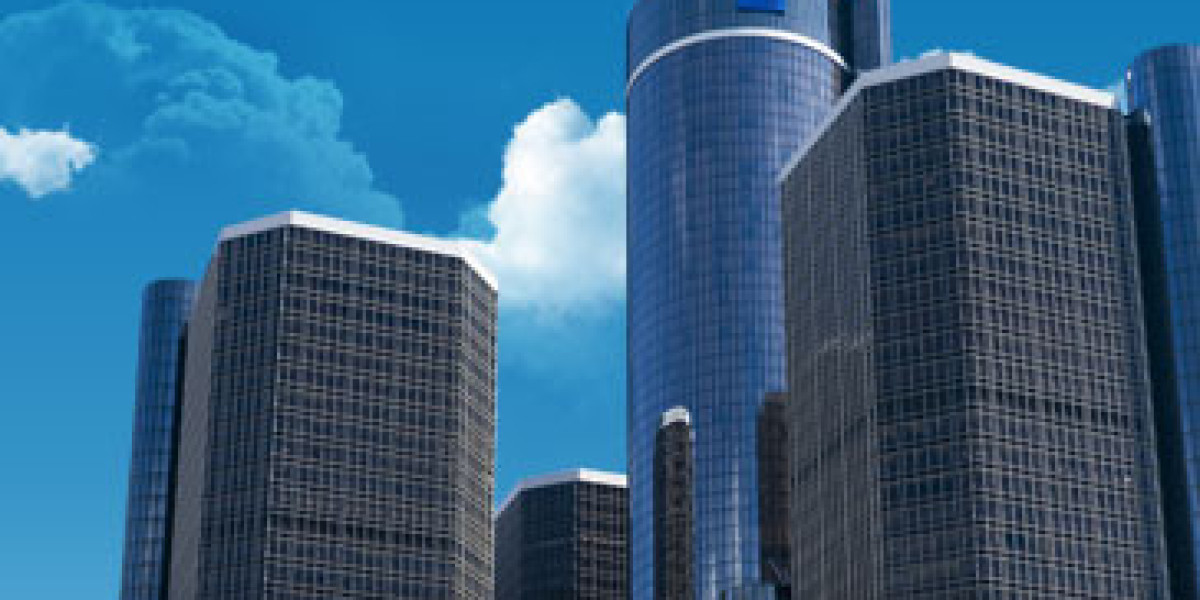A Quality DSLR or Mirrorless Camera
First and foremost, invest in a good camera. While smartphones can produce great shots, a dedicated DSLR or mirrorless camera offers unparalleled flexibility. They provide better image quality, higher resolution, and the ability to interchange lenses, which is a game-changer in food photography.
Prime Lenses
Speaking of lenses, a prime lens is indispensable. Notably, a 50mm lens offers a perspective similar to the human eye, making it perfect for capturing dishes naturally. Meanwhile, a macro lens lets you focus on minute details, showcasing the textures and layers of your culinary masterpiece.
Tripod with an Overhead Arm
Stability is key, and that's where a sturdy tripod comes into play. Especially for those overhead, birds-eye-view shots of dishes, an overhead arm attachment becomes vital. It ensures sharpness, minimizes shake, and offers an unobstructed top-down perspective.
Reflectors and Diffusers
Lighting is a cornerstone in photography. Natural light is often the best choice for food, but it can be unpredictable. Here, reflectors help bounce light onto your subject, brightening shadows. On the other hand, diffusers soften harsh light, ensuring your food looks appealing and not overly bright or contrasted.
External Flash and Softbox
For those shooting indoors or in low-light environments, an external flash is crucial. However, direct flash can be harsh. Enter the softbox: it spreads the flash's light evenly, offering a soft, diffused glow reminiscent of natural light. This combination ensures your dishes look delectable, regardless of the ambient lighting.
White Balance Card
Colors play a pivotal role in food photography. To make sure your whites look white and your reds appear as the juicy reds they are, use a white balance card. It helps in adjusting your camera settings to get the colors right, making your food appear as delicious in photos as it does in real life.
Editing Software
Capturing the shot is just half the battle; post-processing is where the magic happens. Software like Adobe Lightroom or Photoshop allows you to tweak colors, adjust exposure, and refine the image. Proper editing can transform a good photo into a stunning one.
Props and Backgrounds
While not strictly "equipment," props and backgrounds add depth and context to your photos. From rustic wooden boards to vintage cutlery, these additions help narrate a story. They can set a mood, complement the dish, and elevate the overall composition. Always have a collection at hand to experiment and find the perfect match for your subject.
Tethering Tools
Want to see your shots in real-time on a larger screen? Tethering tools allow you to connect your camera to a computer or tablet. This immediate feedback helps in making on-the-spot adjustments, ensuring each shot is exactly as you envision.
Cleaning Kit
This might sound trivial, but a clean lens can be the difference between a crystal-clear shot and a murky one. Dust, smudges, or food splatters can compromise image quality. Therefore, always have a cleaning kit - lens wipes, blower, and microfiber cloth - to ensure your equipment is in top shape.
In Conclusion: Craft Meets Equipment
Food photography, at its core, is a celebration of both culinary and visual arts. While your skill and creativity are paramount, the right tools amplify your potential. By equipping yourself with the essentials listed above, you not only make the process smoother but also ensure that every dish you capture resonates with the viewer's senses. So, gear up, experiment, and let your photos tantalize taste buds and eyes alike!







